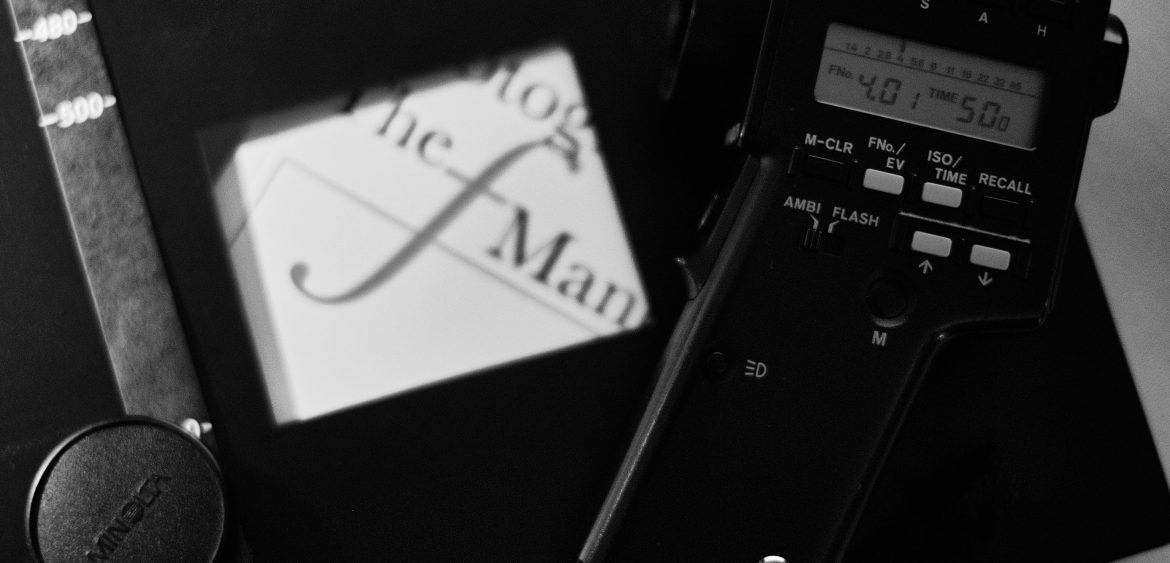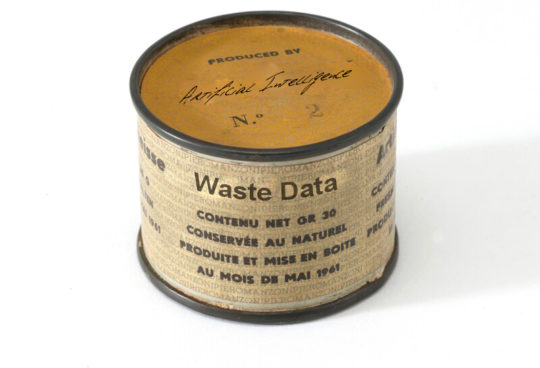Photography is not rocket science and we need few simple essential tools to learn how to make good pictures.
Few days ago I wrote an article on my blog, and it was kind of viral in the photography world. Many FaceBook pages and websites re-posted it and, out of curiosity, I went to explore who re-posted my article.
Some of the pages were for beginners and others for a more general public and in both categories, and specially the beginner side, I noticed that most of the articles were about cameras, software and gadgets. The idea is “what a camera with what new tool and that software can do”.
Nothing bad in this but I was attracted by the comments, specially from the beginners. A lot of people asking questions like “How do I expose for portraits?”, “How do I expose for weddings?”, “What lens is best for X or Y?”, ”I’m experimenting with manual, what settings I have to start with?” and so on.
I learned photography with film, mostly large format view camera and medium format Hasselblad, and every time I read questions about how to expose for a particular subject I think in the digital era we are missing the basics.
Photography is not rocket science and can be learned by a 10 years old kid. Technically all we need to know are few simple formulas and rules:
- Aperture-Shutter Speed-ISO relation
- What is a medium grey (how the exposure meter works)
- How to manage the depth of field
- Focus the camera, Shiempflug rule if we use a view camera or tilt and shift lenses.
There is nothing more, technically, in photography. To make great images we need talent, creativity, composition knowledge and a ton of other skills and experiences, but to make a technically correct picture we just need the few concepts I stated before.
To expose for each subject we simply need to know how to expose in general and be conscious of the results we want. To be creative and create correct pictures we do not need a ton of gadgets in our cameras, we do not even need our camera to have the coffee plugin, we just need to be able to control the lens aperture, shutter speed and focus.
Why at least 80% of the people starting with photography don’t feel the need to learn the simple basic rules as we did when we were using film?
I think the answer is mostly the marketing of the smartphones era. People look at advertise where someone became the best director in Hollywood just because bought the last smartphone and expressed his creativity with the simple touch of a button. People look at advertise and think they can become the best in a field because they own a tool. Who will buy a tool if the advertise will tell that, in reality, there is the need to work hard and study?
The photography market needs to make money and go for the big numbers, the big numbers means a wide audience, as wide as the smartphone market. Also the cameras and editing softwares now are advertised and perceived as something magical that will make everybody great with the touch of a button.
The generic answer to the beginners’ questions is simply to read the f&$@%& manual, I even wrote one!
But since I was talking about the best tools for a photographer here is what I think is essential for every beginner:
- a piece of cardboard with a hole exactly the size of your sensor
- an external Spotmeter (easy to find used ones on eBay)
To learn to be a photographer and to create images it’s essential to develop a photographic “eye” that we can use every moment, even when we do not have the camera with us.
The black cardboard with the sensor size cut in it teaches us how to see the world in a frame and without the stereo vision. It teaches how the focal length works because the distance between our eye and the cardboard is exactly equivalent to the focal length we will need to have the same field of view, and most important teaches us to observe the perspective in relationship with our position relative to the subject.
A great aspect of the black cardboard is that is not a filter between us and the world, we continue to see the real world and not a reproduction on the display or electronic viewfinder of our camera.
Since I started to work with the Fuji X-Pro, I followed some Fuji blogs and a lot of time I read about people never using the optical viewfinder but only the EVF. I love the optical viewfinder because it let me visualize the image in my mind before I click the button. The EVF can be great to check the image and see if the parameters are correct, but when I look at it I already see the image interpreted by the camera in the way the camera is designed to take it. I want my mind to create the picture and the camera to follow my view.
To look at the image already formed on a display is not the same as to look at the reality and get immersed in the feeling. Our eyes have a specific dynamic range, contrast and white balance that is different from the digital sensor and the display. If we get used to watch the world thru the display we loose what makes our personal vision unique and we all risk to produce the same pictures.
The Spotmeter is another essential tool to learn. It forces us to learn the zone system, understand the light differences in our subjects and test our cameras.
With the camera meters we tend to let the camera choose for us and we think in the limits of the camera. I love to use the camera meters and my camera is in auto mode a lot of times, I think “P” can mean “Professional” if we know our camera and what we are doing but, if we want to learn, the best choice we have is to use an external spot meter. With the spot meter we need to understand what is a medium grey, how our camera manages it, the dynamic range of the sensor and the limits of the camera/software.
The reality has a dynamic range that can be much wider than the dynamic range the sensor can manage, we need to know it, how to measure it, how to expose it and how to go beyond the limits.
We need to learn that there are not the right exposure settings for weddings, portraits, still life and so on, but every single image has different needs and each person sees the reality in a different way and we must learn how to transfer our particular vision of each subject in our images.
If we know the few simple rules of photography we will be able to expose for every subject and get correct pictures without the need to ask for help on photographic blogs and we will be able to concentrate on our vision and the creative aspect of photography.
A dark cardboard, an external spot meter and a good book is all we need to learn the basics of photography and be happy ever after being in control of our tools, basic or advanced! All of this do not require more than ten days.
Learn the basics and have fun!






1 Comments: